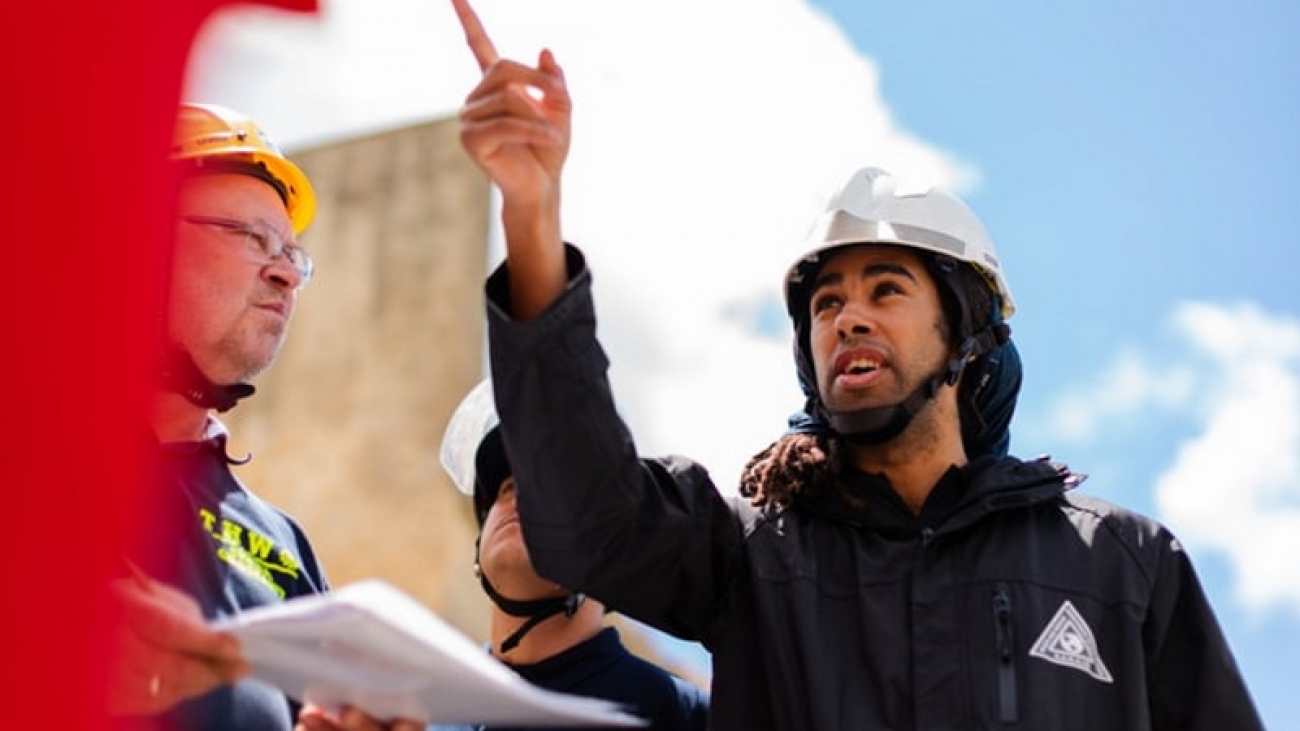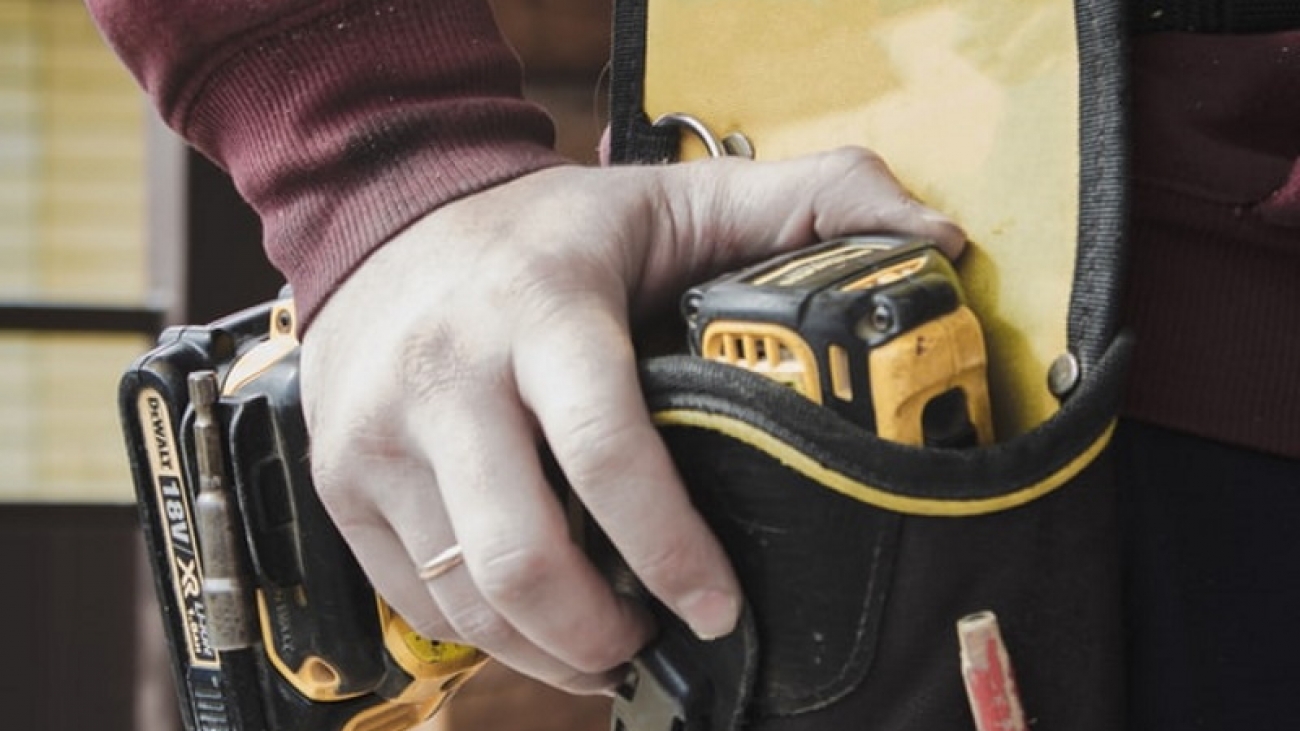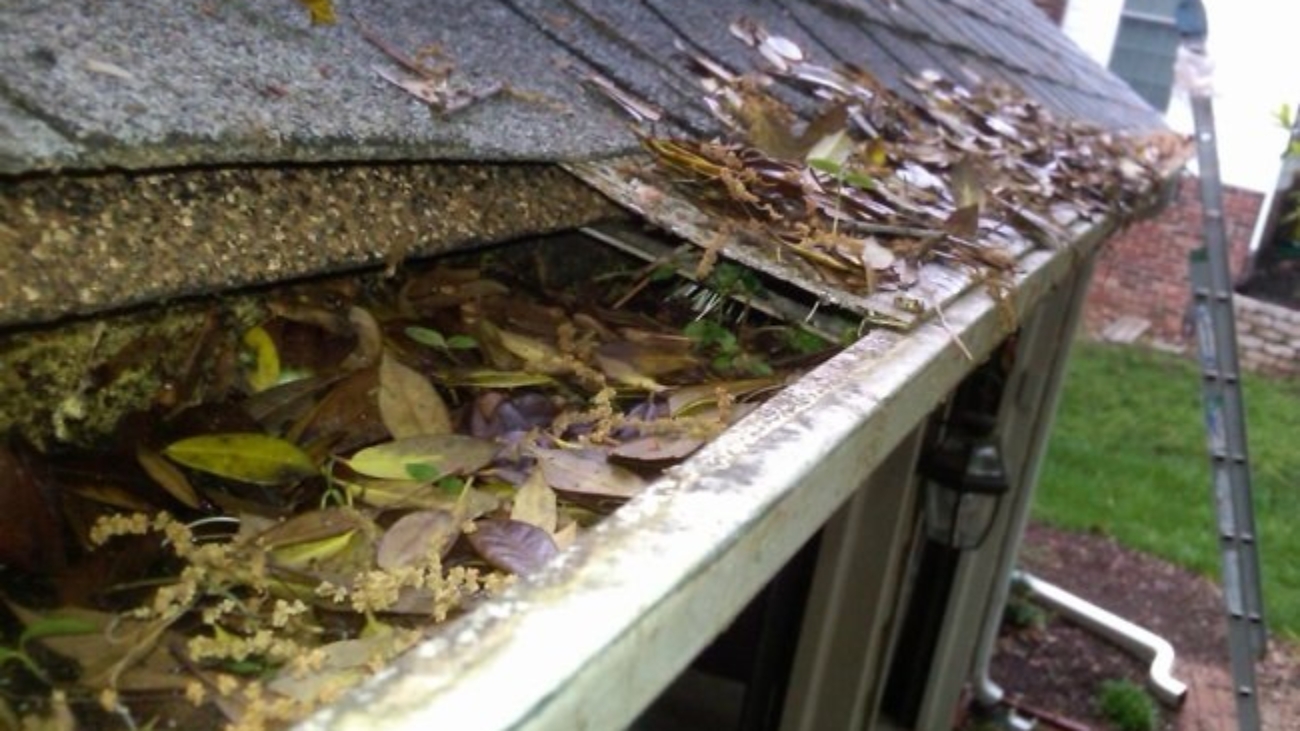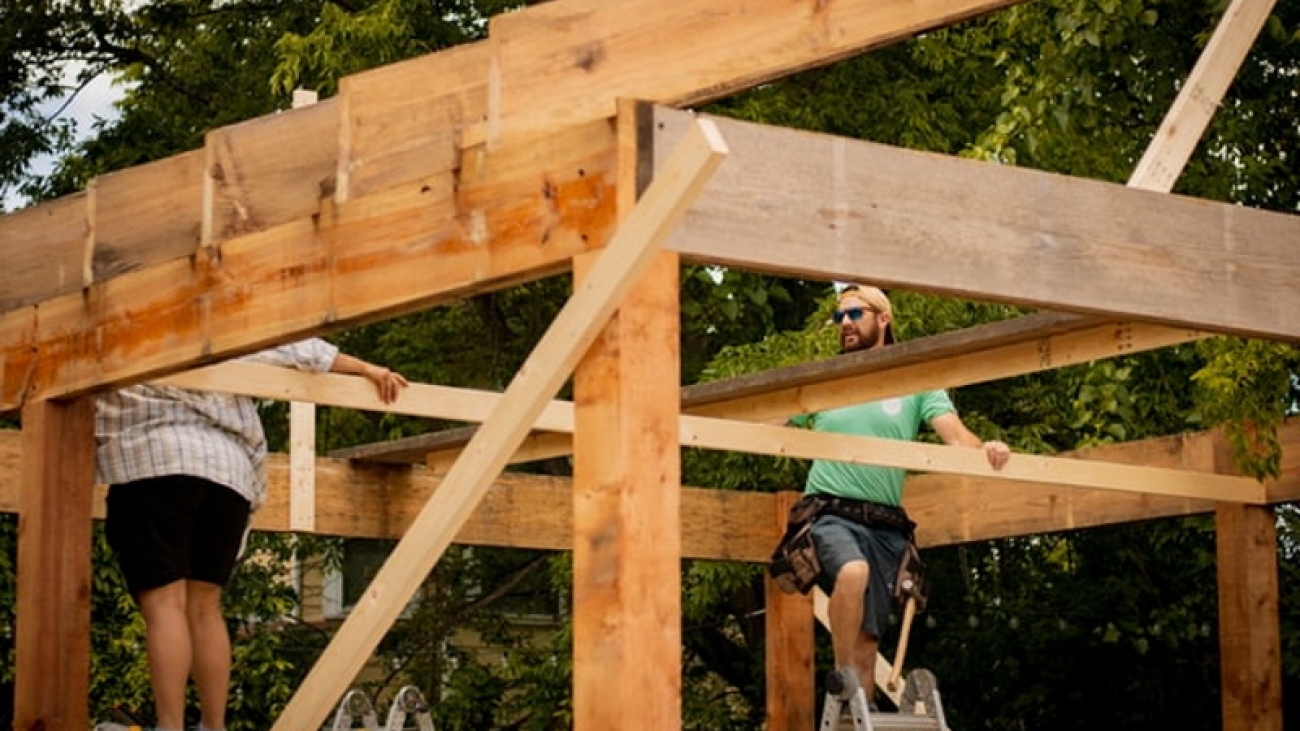In this blog post, we will discuss whether you should get a new roof during winter.
Ideally, roof replacement is done in fair weather and warm temperature. Roof shingles are conveniently accessible, and contractors don’t have to contend with the harsh weather.
Try calling local roofers on a winter month, and most of them will advise you to wait it out until the fall or summer before you get a new roof. While this makes sense, it doesn’t mean you should heed their advice. You don’t get to choose the time to replace a roof, especially when it’s no longer doing its job of protecting your home from the elements.
Winter Roof Replacement: Risk It?
Roofers refuse to perform roof replacements in the winter, and there’s only one reason: it’s dangerous.
Any type of roofing work in the winter is twice as risky. The last thing roofers want to do is put themselves in harm’s way or something that can injure them. With everything covered in snow and ice, the likelihood of slipping and falling badly is high. That’s not to mention the sharp icicles that form and can deliver a nasty cut should they fall on your roofers’ heads.
And then there’s the frigid temperature to contend with, including the potential for frostbite, hypothermia, and respiratory illnesses.
Some Roofers Don’t Have Experience in Winter Roof Replacement
Many roofers who do this for a living often confine their work to warm weather. This is because they’re more comfortable and experienced working with shingles and tiles during the summer or fall than in the winter.
Roofers who have experience in roof replacement during winter can attest that you should think carefully before even attempting it. It’s not just the physical danger that you should be concerned about.
If you insist on getting a new roof during winter, the last thing you’ll want to do is disrupt the insulation within your attic. This can seriously affect your indoor climate and heat distribution, which means higher utility bills.
Tools Could Malfunction
Installing a new roof requires sophisticated tools and equipment. The problem with winter roof installation is that cold air seeps in. And the tools are likely to malfunction because of the internal condensation caused by the cold weather.
Furthermore, roofing nails are extremely brittle when frozen, which leaves you with loose nails that could lead to leaks. The nails are also tricky to hammer into the shingles during the winter months. Finally, you don’t want loose shingles because they lead to corrosion, rot, and irreparable damage.
The Snow Is a Problem
Snow poses one of the biggest problems in roof installation during winter. It’s not just that it’s an obstacle when being installed. It’s also because of the weight it exerts as it melts and seeps into the roofing materials. This can weaken the shingles, which increases your chances of having leaks in your roof.
Installing Asphalt Shingles Is Doubly Challenging in the Cold
If you’re planning to replace your roof, you’re probably looking at asphalt shingles as a top option. But mind you, asphalt shingles are ideally installed at least 4 degrees Celsius. So, and you can pretty much imagine how hard it is to install them in wet and snowy weather. In addition, some manufacturers don’t offer a warranty if these shingles are installed during winter.
If you feel the need to install asphalt shingles this winter, just know that it will be challenging and a bit risky. It’s a choice best reserved for the fall or summer when you can have all the advantages of installing asphalt shingles in dry conditions.
Scheduling Issues
When you schedule a roof replacement during winter, the odds are that it will be pushed back to spring or summer. And even if you’re willing to risk your home’s safety and comfort for the sake of installing your new roof this winter, it means that you won’t get any service from a local roofer.
Meanwhile, some roofing contractors are willing to take on the job but don’t expect a quick turnaround. They may never stick to the schedule since they also have to contend with weather conditions.
Don’t Close Your Door on a New Roof During Winter
Despite all the inconveniences and risks of installing a new roof in winter, you may have no other choice if you’re dealing with a structure that’s no longer doing its job. For instance, your roof is letting in water, or the shingles have been damaged beyond repair, then you’re hard-pressed to install a new roof during winter.
Although winter roofing projects take longer to finish, you must deal with them if you want your home to continue being a safe place for you and your family for the rest of the cold months. It’s best to go with a roofer who has the experience and equipment needed to deal with cold weather.
We previously talked about the propensity of local roofers declining a roof replacement job in the middle of the winter. Still, there are a select few who will not hesitate to provide their services during this season. You just have to be vigilant when it comes to the selection process.
Consider Metal Roofing
Installing a metal roof may be the best option for those who want to have a new roof during winter. The reason being the fact that there’s no need for adhesives. The use of adhesives in shingles and other roofing materials is the biggest challenge when working in low temperatures. However, since metal roofs don’t require adhesives, low temperatures will have little to no impact.
Is There Any Other Option?
Although metal roofs are studier and can be installed during winter, it doesn’t mean that asphalt shingles and other traditional roofing materials should be ruled out. But, again, you need to choose your installer carefully—research the contractor’s track record when it comes to winter roof replacements in your area.
Keep in mind that roof replacement during winter isn’t for everyone or every roofing contractor out there. It’s also not without its share of challenges and risks. So only go ahead if you’re prepared, you have time to spare, and you have a reputable roofer to help you get it done.










